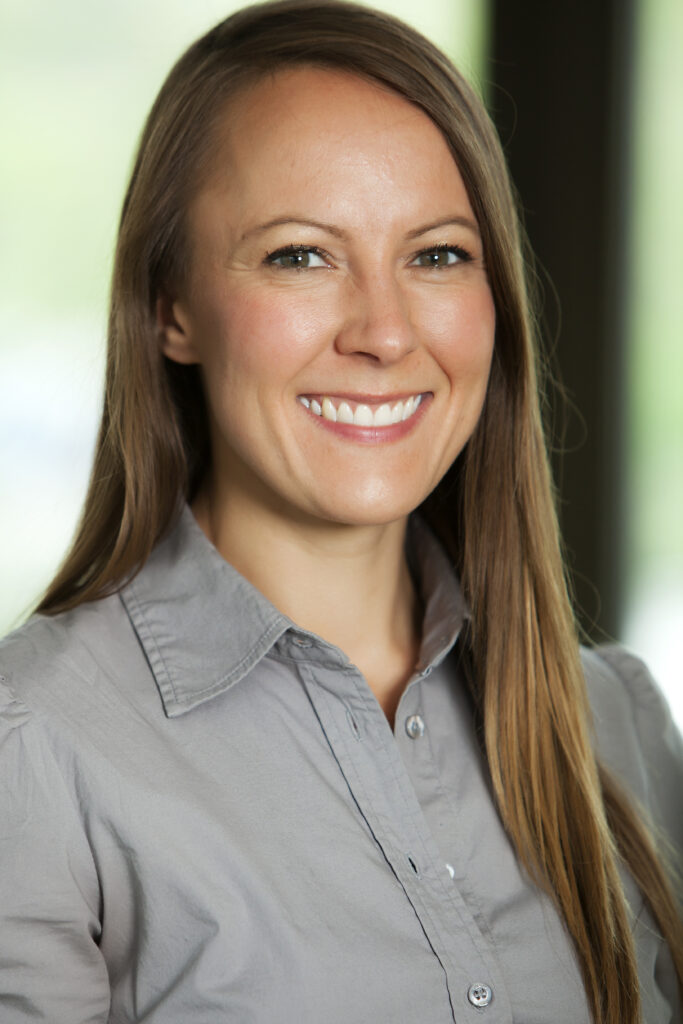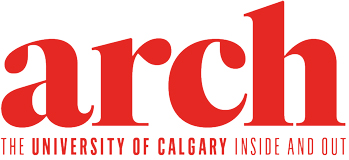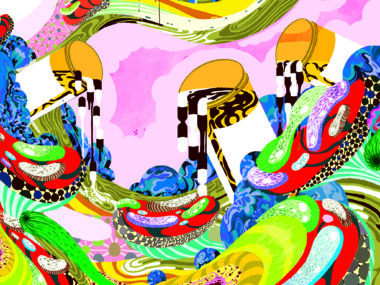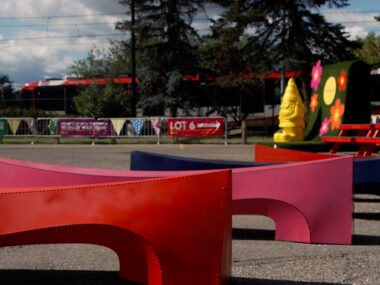Written by Jacquie Moore BA ‘97
What is Burnout?
While we might throw the phrase into casual conversation to complain about a particularly busy week, burnout is a serious condition that has been widely researched since the 1970s when American psychologist Dr. Herbert Freudenberger, PhD, coined the term. In a nutshell, counselling psychologist and UCalgary associate professor Dr. Tanya Mudry, MSc’11, PhD’17, defines burnout as “a state of emotional, physical and mental exhaustion” that is related to, but distinct from, anxiety and depression. The World Health Organization recently added burnout to its International Classification of Diseases list as a syndrome “resulting from chronic workplace stress that has not been successfully managed.”
Does Burnout Happen Only from Work-Related Stress?
While Mudry says that the condition is most associated with work-related demands and pressure, her research proves that burnout can happen to anyone facing unrelenting stress without rest or reprieve — emotional, caregiver and parental burnout are on par with work-related burnout as hazards to physical and mental health. Mudry and her team are currently analyzing and preparing their findings from data related to burnout experienced by critical-care clinicians; she says the condition is commonly experienced by parents and other caregivers, as well.
Why is Early Winter Peak Burnout Time?

Mudry says burnout is frequently reported in November and December. “The weather changes, there is less daylight, and we often don’t get the same amount of exercise and social connection we had earlier in the year,” she says. All of that, combined with more pressure on parents, students, teachers and many others as school ramps up, can lead to burnout. “A lot happens from September onward — things get busy and it just keeps going.”
Mudry says the light at the end of the tunnel for many people is the approaching holiday break. The reality of that anticipated time of rest, however, often compounds stressors. “We tend to fill those days with more activity and high expectations,” she says.
How Do I Know If I’m Burnt Out?
Stress and overwhelm abound and, says Mudry, have only been exacerbated in our society since the pandemic. Data from the Canadian Mental Health Association supports Mudry’s findings: higher levels of employee burnout and increased sick leaves are linked to long-term absences due to mental health issues. “COVID changed things,” she says. “People are more burnt-out in general; there’s more stress associated with illness, job loss and changes, children at home, etc. — it’s a different world now.”
There are certain measurable symptoms, however, when stress becomes burnout. Mudry points to an assessment from circa 1981 known as Maslach’s Burnout Inventory (MBI), which is the first scientifically developed measure of burnout; it’s still widely used in research around the world. The MBI characterizes burnout using three categories of symptoms including: feelings of energy depletion or exhaustion; depersonalization and cynicism at work; and reduced efficiency and sense of personal accomplishment. Mudry says folks experiencing burnout often feel “reduced empathy and disconnection — just not caring anymore.”
How Can I Avoid Burnout?
Mudry’s research shows that, when we are perceived as resilient by others (such as employers), the bar for what is expected of us goes up. “There’s this idea in our culture along the lines of, ‘Oh, you’re the strong one, you can take on the extra shift!’”
One participant in her study talked about her day: “You wake up, you get to work, you come home. You, like, do some dishes, do some laundry, pack your lunch for the next day, and go to sleep. Like you don’t really have much space for anything else.”
There’s a motor that just never stops.
Mudry says it’s important to learn the early signs of potential burnout. For instance, her personal cue that stress is escalating comes when she feels increasingly aggravated by traffic. “If I start getting angry quickly, that’s my sign that it’s time to do something different,” she says.
Mudry will go for a walk or get on the treadmill for 20 minutes. “For me, the whole world looks brighter after that,” she says, adding that, while exercise has enormous impact on stress-reduction, it’s also necessary to notice our individual habits. “A marathon runner doesn’t need more exercise to avoid burnout — what they might need is more rest, and someone else might need daily exercise and more social engagement, and someone else might benefit from pet ownership, which is shown to reduce stress.”
Still, Mudry is critical of mainstream burnout literature that, she feels, overly emphasizes individual strategies. “It’s important that we go broader in our thinking,” she says. “In general, our workplaces have similar pressures — anyone in any role experiencing burnout will likely say that they feel overworked and overwhelmed by high expectations. We need to create change in our structures and systems.”
One particularly challenging and increasingly common societal norm is the separation of individuals and families from their familiar communities and systems of support.
“More and more, people have to move to other cities for their job,” says Mudry. “That takes people away from friends and extended family who offer support.” So, while self-care is commonly prescribed as the ultimate remedy to burnout, Mudry emphasizes that this individual focus can reinforce burnout as a personal problem, rather than seeing it as a byproduct of societal factors that requires a collective response.
While our culture may be geared toward a go-go-go lifestyle, Mudry says that, by doing one thing differently every day, for ourselves and for one another — a little more sleep, a bit more exercise, meditation, intentional social interactions, and, in the words of clinical counsellor and activist Dr. Vikki Reynolds, PhD, more “shouldering each other up” and tending to our connectedness — we are pushing back on burnout and allowing ourselves to burn bright.




